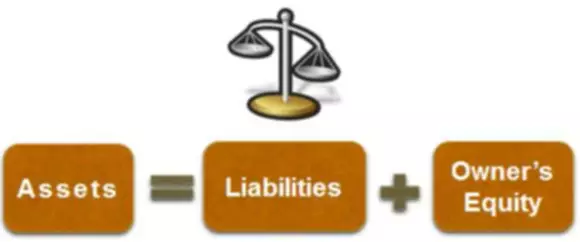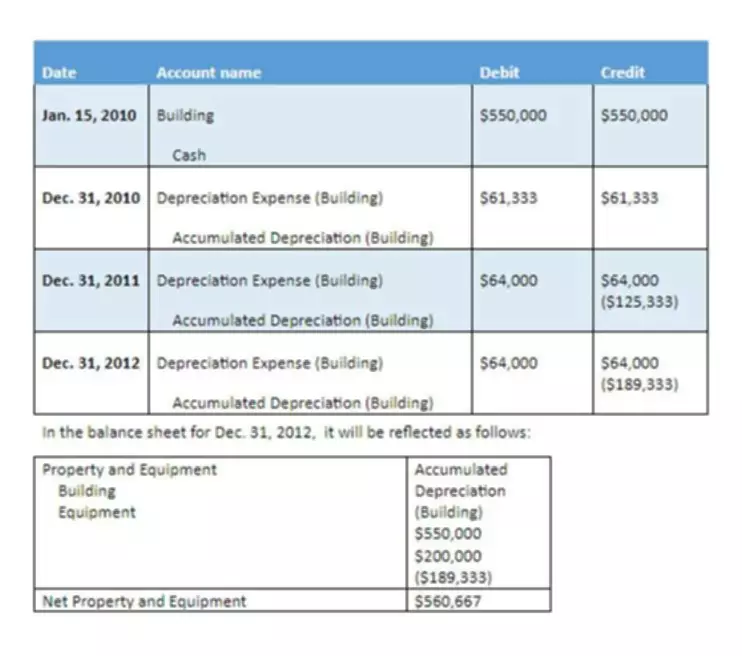Content

These tools are how most small businesses manage their accounting. Automation tools save businesses and accountants time by limiting the amount of time they spend on data entry. This gives them more time to analyze data to improve the business. It doesn't matter if you love crunching numbers or consider yourself the more creative type. Entrepreneurs have to be aware of the financial health of their businesses and good grasp of accounting basics.

Mixing together personal and business expenses in the same account can also result in unnecessary stress when you need to file taxes or do your bookkeeping. It could mean a business expense gets lost in your personal account and you miss out on an important deduction. Or it could mean your CPA spends more time doing your taxes. Balancing your accounts is the most crucial and final step of bookkeeping basics. In this process, you tally up all accounts to ensure that no money or assets are missing. This means that the total amount must match, i.e., the outgoing amount must equal the incoming assets or profits.
Set Budget Aside for Tax Purposes
Understanding and tracking your financial data is an essential part of small business finance. That’s why, when you’re running a business, it’s something you either have to learn from bookkeeping classes or outsource. Whether you’re starting out as a new business owner or have been running an online store for years, learning how to track your expenses and revenue can feel like a huge challenge. business bookkeeping Enters every transaction twice, as both a debit and a credit, to “balance the books” between accounts. Although more complicated, it can prevent errors in recording transactions. It is the basic accounting process, and growing your business without bookkeeping may be a huge struggle. And as simple as it may seem, implementing the wrong system for your business can cause challenges.
- However, once you get the hang of the bookkeeping basics, you will be able to effectively use the data from these accounts for informed business decisions.
- You will adjust the balance in your cash account with a difference of $5,000.
- Using a manual ledger can be a time-consuming exercise; therefore, you must use bookkeeping software to automate the completion of financial reporting.
- Being adept at digital marketing, for example, isn’t enough if you don’t have a clear financial picture of your business and run headlong into cash flow problems.
- Post corrected entries in the journal and ledger, then follow the process again until the accounts are balanced.
- You wouldn’t go to the doctor and ask to only have your legs checked.
These help accountants gather information from stakeholders and communicate their findings. Knowledge of how the business works is also essential to contextualize financial data. Accounting is something that most people have heard about at work, on TV, or online.
Choosing an accounting method
Come on, being in the 21st generation, you have to go electronic instead. Keep paperless versions of accounting information on your devices or in the cloud for safekeeping. In some cases, separating funds is not something your business can opt-out of. If your business is an LLC or a corporation, you must open a separate account for business. Anyone who is self-employed needs to file a Self Assessment tax return every year. Organized bookkeeping will help you in things like filling your returns early and effectively. Even a single error in a spreadsheet can incur huge losses.
But most businesses in the hobbyist stage can get by using either a simple spreadsheet or one of the many accounting or bookkeeping software solutions on the market. The way you categorize transactions will depend on your business and industry. Generally speaking, your transactions fall into five account types—assets, liabilities, equity, revenue, and expenses. Individual line items are then broken down into subcategories called accounts. In our ice cream shop example, some accounts in your ledger might be “revenue-ice cream sales”, “expenses-ice cream ingredients”, etc.
